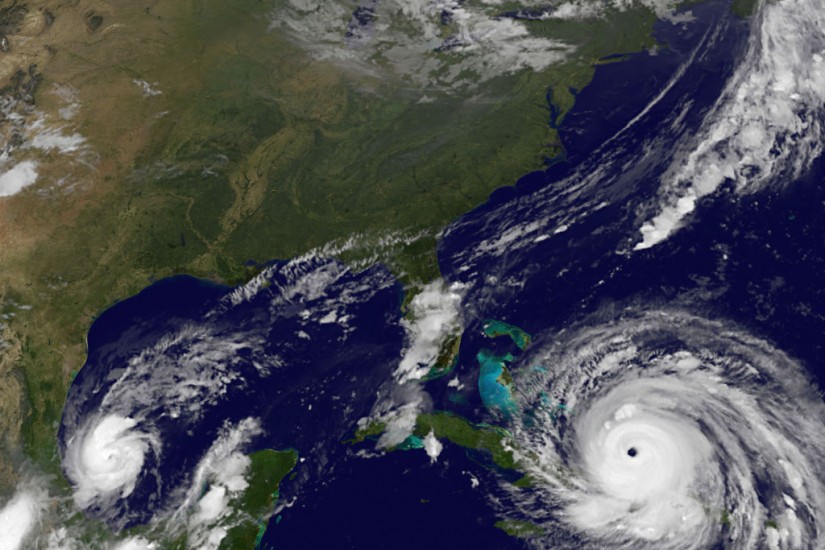The origins of the modern naming system are often traced to the late-19th century Australian meteorologist Clement Wragge (known as “Wet Wragge” to some), who started out using letters of the Greek alphabet to keep track of hurricanes and then switched to popular girls’ names in the South Pacific, according to the National Oceanic and Atmospheric Administration (NOAA). A section of Atlantic Hurricanes by Gordon E. Dunn and Banner I. Miller, quoted by the agency, claims that when Wragge didn’t get a job he wanted as director of Australia’s weather bureau, he sought revenge by naming hurricanes after the politicians who had not supported him. “By properly naming a hurricane, the weatherman could publicly describe a politician (who perhaps was not too generous with weather-bureau appropriations) as ‘causing great distress’ or ‘wandering aimlessly about the Pacific,'” the authors note.
Wragge’s weather bureau would eventually close, but that wouldn’t prevent his idea from striking a chord: decades later, author George Stewart took a page from Wragge for a bestselling novel. “In his 1941 novel Storm, a junior meteorologist named Pacific extratropical storms after former girlfriends,” according to NOAA. “The novel was widely read, especially by US Army Air Forces and Navy meteorologists during World War II. When Reid Bryson, E.B. Buxton, and Bill Plumley were assigned to Saipan in 1944 to forecast tropical cyclones they decided to name them (à la Stewart) after their wives.”
The idea of naming hurricanes after women is believed to have been less confusing than naming them by the military’s phonetic alphabet, which had also been tried, so the U.S. Weather Bureau made it official policy in 1953.
“People may think it’s an easy job, but it isn’t,” Norman Hagen, a planning official in the U.S. Weather Bureau, told TIME in 1955, because, as he explained, he couldn’t use names of states, cities, months, time of day (i.e. Dawn, Eve) or names that sounded like weather formations (Gail). He pored over baby-naming handbooks to come up with the 1955 list of names, which ran from Alice to Zelda.
The joking implications of that system were not lost on its users, with subtle political insults giving way to a common wisecrack about how hurricanes and women were both hard to predict, as the Encyclopedia of Hurricanes, Typhoons and Cyclones puts it.
But not every American thought that joke was a funny one.
By the late 1960s, as women spoke out on gender inequality throughout society, so too did they speak out against the gender inequality of hurricane names. For example, at the Republican National Convention in Florida in 1968, activist Roxcy Bolton approached National Organization for Women (NOW) founder Betty Friedan about the issue, as Friedan would recall in her memoir. By March 1970, Bolton had become a Vice President of NOW and continued to lead on the issue, writing a letter to the National Hurricane Center in Miami requesting that officials “cease and desist” from using female names to describe hurricanes, which “reflects and creates an extremely derogatory attitude toward women,” who “deeply resent being arbitrarily associated with disaster.” The letter also pointed to a dictionary definition of hurricane as “evil spirit” to help back up its point. In another letter, dated New Year’s Day 1972, she called for storms to be named after U.S. Senators because they “delight in having streets, bridges, buildings” named after them.
